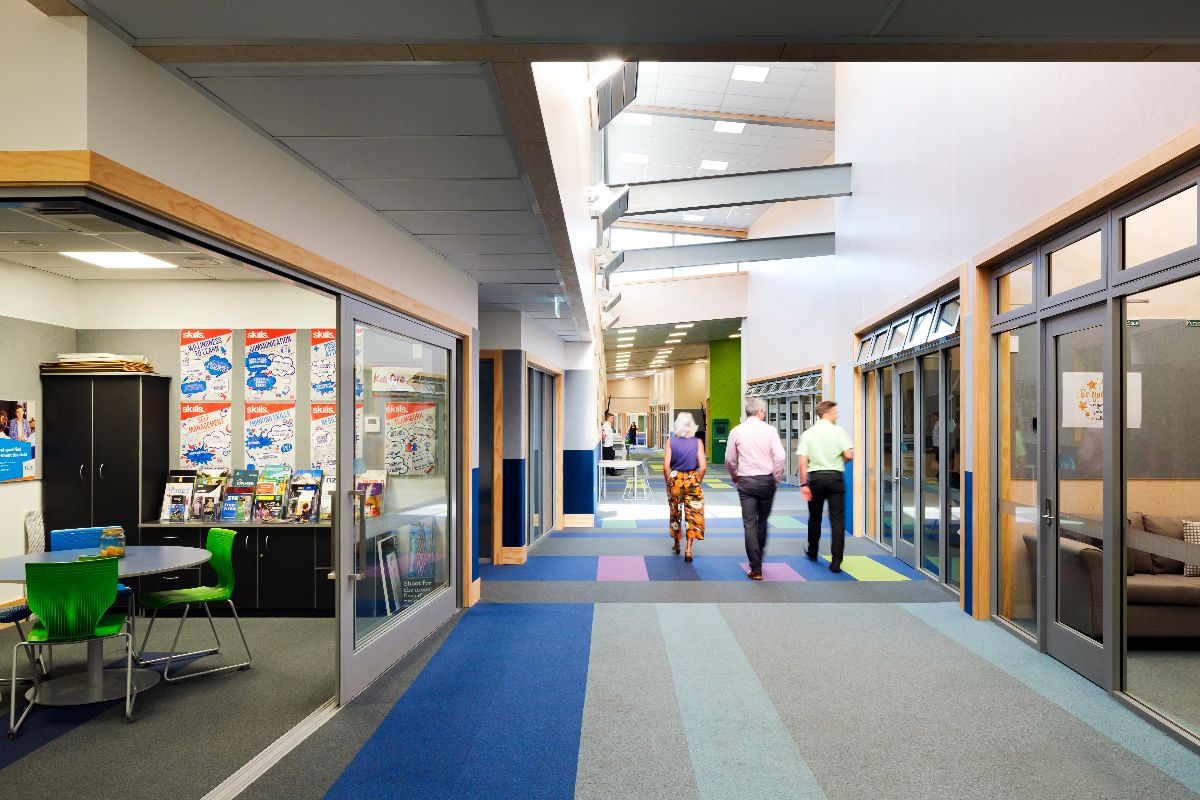ARTICLE: Hygrothermal performance: Warm roofs and ceiling systems in schools
Consideration of hygrothermal performance is very important in schools especially when considering roof/ceiling systems because children produce a high vapour load. Poor design can lead to condensation forming in the roof, ceiling or plenum space.
The term 'hygrothermal' refers to the movement of heat and moisture through buildings. Consideration of hygrothermal performance is very important in schools especially when considering roof/ceiling systems because children produce a high vapour load. Poor design can lead to condensation forming in the roof, ceiling or plenum space. This condensation can cause varying degrees of damaging effects, such as reduced indoor air quality, thermal discomfort, odour, microbial and mould spread, and building materials’ deterioration.
Roofs systems for School Buildings
The DQLS: Acoustics ver.3 (2020) outlines three approved design solutions for roofs. These focus primarily on the mitigation of rain noise in areas of high, medium, and low rainfall intensity. The approved solutions in the latest DQLS version are all warm roof systems, where the thermal insulation layer is in the form of a rigid or flexible panel of the roof build-up. A warm roof system is the MOE’s preferred roof type for learning spaces due to the benefit in thermal and hygrothermal performance (DQLS, 2020).
Prior to prioritising warm roofs, the traditional way of constructing roofs in schools was to install insulation between the rafters or above the suspended ceiling. However, these methods can lead to condensation forming on the underside of the roof deck. (See Figure 1 and Figure 2). The build-up of moisture in these types of traditional roof systems ideally require a ventilated system. However, ventilating a roof system is unreliable and prone to failure.
With warm roofs the need for roof space ventilation is eliminated. The ceiling space is on the warm side of the insulation and the insulation layer is above a vapour barrier. The dew point temperature (the temperature at which water vapour in the air condenses as water) is on the exterior side of the insulation, so condensation in the ceiling plenum is unlikely to occur.
Furthermore, warm roofs have significant benefits over traditional roofs because energy efficiency is improved and this in turn means that heating and ventilation costs are reduced.
Acoustic Ceiling Tiles Below Warm Roof Systems
Although warm roof systems greatly improve hygrothermal performance, acoustic tiles with high R-values can still lead to condensation forming in the ceiling plenum or in the layers of the roof assembly. There are numerous examples of newer schools in New Zealand with warm roof systems, where moisture and mould issues are prevalent are caused by the incorrect placement of high-value thermal insulation at ceiling height (Rooflogic on site investigations for MOE, 2013-2020).
